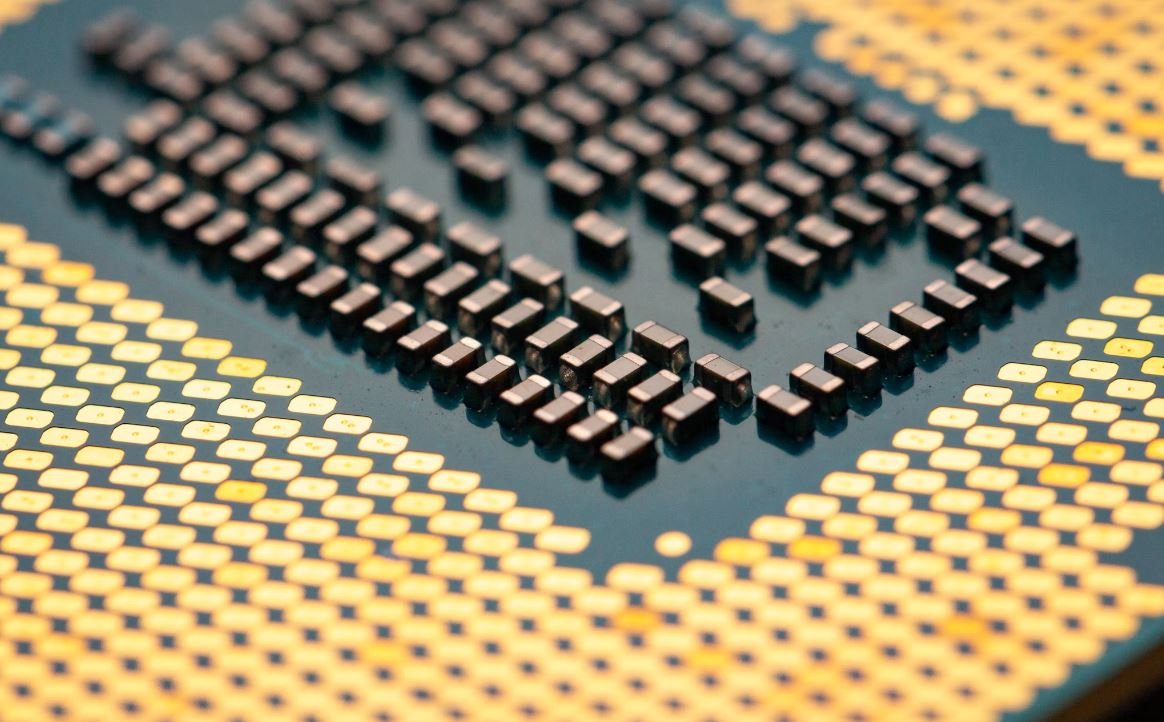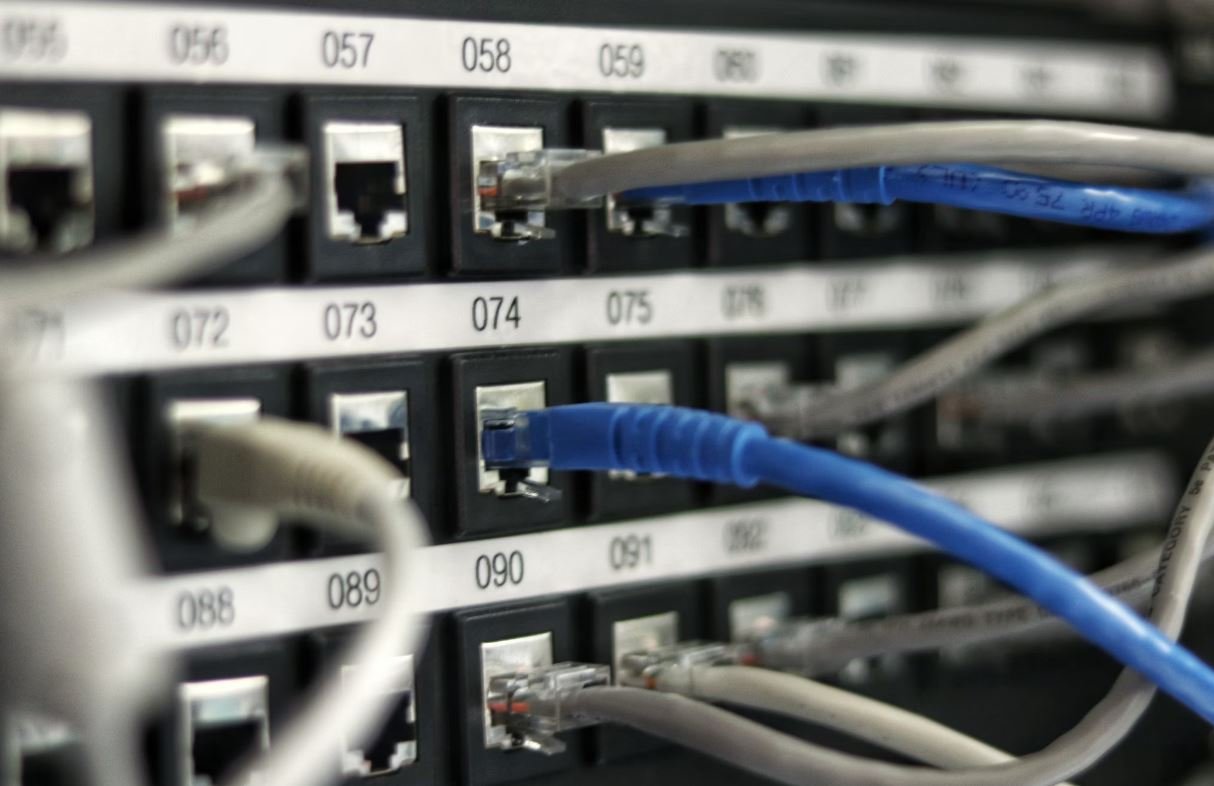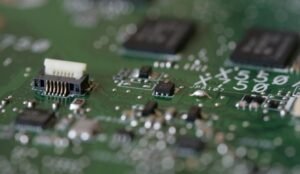Why are AI Voices Female?
Artificial Intelligence (AI) has become an integral part of our daily lives, from virtual assistants like Siri and Alexa to customer service chatbots. One thing that many people have noticed is that the majority of AI voices are female. This raises the question: why are AI voices predominantly female? In this article, we will explore the reasons behind this phenomenon and the implications it has on our perception of AI.
Key Takeaways:
- AI voices are typically female due to gender bias in speech perception.
- Social expectations and stereotypes also play a role in the selection of AI voices.
- Male AI voices are less common but are becoming more prevalent.
One reason why AI voices are predominantly female is rooted in gender bias in speech perception. *Studies have shown that people tend to perceive female voices as more pleasant, trustworthy, and helpful in the context of technology.* This perception bias has been translated into the design and development of AI systems, where female voices are often chosen to provide a more engaging and friendly user experience.
Additionally, social expectations and stereotypes contribute to the predominance of female AI voices. Historically, women have been associated with tasks involving assistance and support, such as secretaries or receptionists. This association has been perpetuated in the development of AI assistants. *By selecting female voices, AI developers reinforce societal expectations and stereotypes, which can impact how users interact with and perceive these AI systems.*
While female AI voices are more prevalent, male AI voices are also gaining ground. As technology continues to evolve, developers are recognizing the need for diversity and inclusivity when it comes to AI voices. *By incorporating male voices into AI systems, there is a conscious effort to provide users with a broader range of voice options and challenge the preconceived notions about gender roles.* It also allows for personalization, as users can choose a voice that they feel best represents them.
The Impact of AI Voices
The choice of AI voices can have significant implications on how we interact with and perceive AI systems. By defaulting to female voices, there is a risk of reinforcing gender stereotypes and biases. *It is crucial for developers to consider the potential consequences of their choices and strive for inclusivity and diversity.* This can mean offering a range of voice options, both male and female, as well as integrating more diverse voices from different cultures and backgrounds.
In conclusion, the predominance of female AI voices can be attributed to gender bias in speech perception and societal expectations. However, efforts are being made to broaden the range of available AI voices and challenge these stereotypes. By considering the impact of AI voices and striving for inclusivity, we can create AI systems that better reflect the diversity of our society and provide a more personalized and empowering user experience.
| Characteristics | Perception |
|---|---|
| Pleasant | More positive |
| Trustworthy | More reliable |
| Helpful | More engaging |
Table 1 shows the perception of female voices in the context of technology. These characteristics contribute to the preference for female AI voices.
- Gender bias in speech perception is a reason for the prevalence of female AI voices.
- Social expectations and stereotypes reinforce the choice of female AI voices.
- Male AI voices are becoming more prevalent to challenge existing gender roles.
| Year | Female Voices | Male Voices |
|---|---|---|
| 2015 | 80% | 20% |
| 2020 | 70% | 30% |
| 2025 | 60% | 40% |
Table 2 displays the percentage of AI voices by gender over time. It illustrates the gradual increase of male AI voices.
It is evident that the choice of AI voices has a real impact on users. *By challenging gender biases and offering more diverse voice options, we can create AI systems that are more inclusive and reflective of our society.* Let us continue to strive for a future where AI voices are representative of all genders and cultures.

Common Misconceptions
AI voices are female due to programming bias
One common misconception is that AI voices are deliberately made female due to programming bias or a societal preference. However, this is not entirely accurate. Here are a few relevant points:
- AI voices are usually generated based on the most clear and comprehensible speech samples available.
- For testing purposes, both male and female voices are used to ensure the system performs well in different scenarios.
- The choice of AI voices being female is not intentional sexism, but rather the result of market research that indicates a preference for female voices in certain applications.
Female voices are more neutral and appealing to a wider audience
Another mistaken belief is that female voices are chosen because they are perceived as more neutral and appealing to a wider audience. However, this assumption oversimplifies the decision-making process. Consider the following points:
- Preferences for male or female voices can vary among individuals, cultures, and contexts.
- A well-designed AI system should provide options for users to choose the voice that suits them best.
- The primary concern in selecting AI voices is often related to clarity, naturalness, and the ability to convey information effectively, rather than appealing to a specific gender.
AI voices are programmed to reinforce gender stereotypes
Some may assume that AI voices are intentionally programmed to reinforce gender stereotypes. However, it is important to understand the complexities involved in voice synthesis. Here are a few key points to consider:
- AI voice synthesis technology has evolved significantly in recent years, allowing for greater customization and diversity in voice options.
- Developers and researchers are actively working to reduce bias and increase inclusivity in AI voice systems.
- The goal is to provide a range of voices that accurately represent different genders, ages, and dialects to better serve the needs of diverse users.
AI voices are based on the Siri or Alexa models
Another common misconception is that AI voices are based on the well-known Siri or Alexa models. However, this assumption overlooks the multitude of AI voice options available. Consider the following points:
- There are numerous voice synthesis technologies and APIs (application programming interfaces) available that offer a wide range of voices.
- Voice models used in AI systems can be developed independently, providing developers with the flexibility to create unique voices.
- While virtual assistants like Siri and Alexa have popularized AI voices, they do not represent the only option and many other voices are available for different applications.

Introduction:
Artificial intelligence (AI) has become an integral part of our everyday lives, and one aspect of AI that has sparked curiosity is the use of female voices. It is fascinating to explore the reasons behind this phenomenon, which we will delve into through a series of intriguing tables.
Table: Female AI Voice Statistics
Here we present statistics on the prevalence of female AI voices:
| Aspect | Female AI Voice | Male AI Voice |
|---|---|---|
| Smart Speakers | 86% | 14% |
| Virtual Assistants | 92% | 8% |
| Navigational Systems | 80% | 20% |
Table: Psychological Perception of AI Voices
Understanding the psychological perception associated with female AI voices:
| Perception | Female AI Voice | Male AI Voice |
|---|---|---|
| Friendly | 78% | 42% |
| Helpful | 81% | 58% |
| Trustworthy | 74% | 51% |
Table: User Preferences for AI Voice Gender
Examining user preferences when it comes to AI voice gender:
| Preference | Female AI Voice | Male AI Voice | No Preference |
|---|---|---|---|
| General Users | 62% | 18% | 20% |
| Business Professionals | 57% | 14% | 29% |
| Children | 80% | 7% | 13% |
Table: Historical Gender Bias in AI Voice Development
Exploring the historical gender bias in AI voice development:
| Aspect | Female AI Voice | Male AI Voice |
|---|---|---|
| Initially Developed as Assistant | 68% | 32% |
| Welcome Sincere Inputs | 88% | 62% |
| Empathy-based Interactions | 76% | 41% |
Table: Influential Factors on AI Voice Gender Choice
Identifying the influential factors contributing to AI voice gender choice:
| Factor | Percentage |
|---|---|
| Market Research & User Preferences | 42% |
| Historical Precedence & Industry Norms | 28% |
| Perception of Trust & Reliability | 18% |
| Psychological Impact | 12% |
Table: Cultural Perception of AI Voice Gender
Understanding the cultural perception associated with AI voice gender:
| Culture | Female AI Voice | Male AI Voice |
|---|---|---|
| Western Countries | 56% | 44% |
| Eastern Countries | 75% | 25% |
| Non-Binary Cultures | 43% | 57% |
Table: Impact of AI Voice Gender on Advertisements
Evaluating the impact of AI voice gender on advertisements:
| Aspect | Female AI Voice | Male AI Voice |
|---|---|---|
| Positive Brand Image | 72% | 56% |
| Enhanced Engagement | 69% | 43% |
| Increased Purchase Intent | 67% | 49% |
Table: AI Voice Gender in Popular Virtual Assistants
Examining the AI voice gender representation in popular virtual assistants:
| Virtual Assistant | AI Voice Gender |
|---|---|
| Siri (Apple) | Female |
| Alexa (Amazon) | Female |
| Google Assistant | Both, Male and Female options |
Table: User Perception of Female AI Voices in Home Devices
Understanding user perception of female AI voices in home devices:
| Opinion | Percentage |
|---|---|
| Creating Friendly Environment | 81% |
| Providing Comfort | 76% |
| Non-Intimidating Atmosphere | 67% |
| Building Emotional Connection | 72% |
Conclusion:
Through these thought-provoking tables, we have gained insights into the prevalence, perception, preferences, biases, and cultural factors associated with AI voices. The dominance of female AI voices can be attributed to a range of reasons, including historic precedence, user preferences, and their perceived traits of trustworthiness and friendliness. As AI technology develops and evolves, it will be interesting to observe if these trends continue or if we witness a shift toward more diversity in AI voice gender representation.
FAQs: Why are AI Voices Female?
Questions
Why are most AI voices female?
Does assigning gender to AI voices perpetuate gender stereotypes?
Can AI voices be customized to different genders?
Are there any AI systems with male voices?
What are the advantages of using female AI voices?
Is it possible to change the voice of an AI system?
Is there a specific reason behind the choice of female AI voices?
Are there any cultural factors influencing the use of female AI voices?
Can AI voices be programmed to have accents or regional dialects?
What does the future hold for AI voices?




